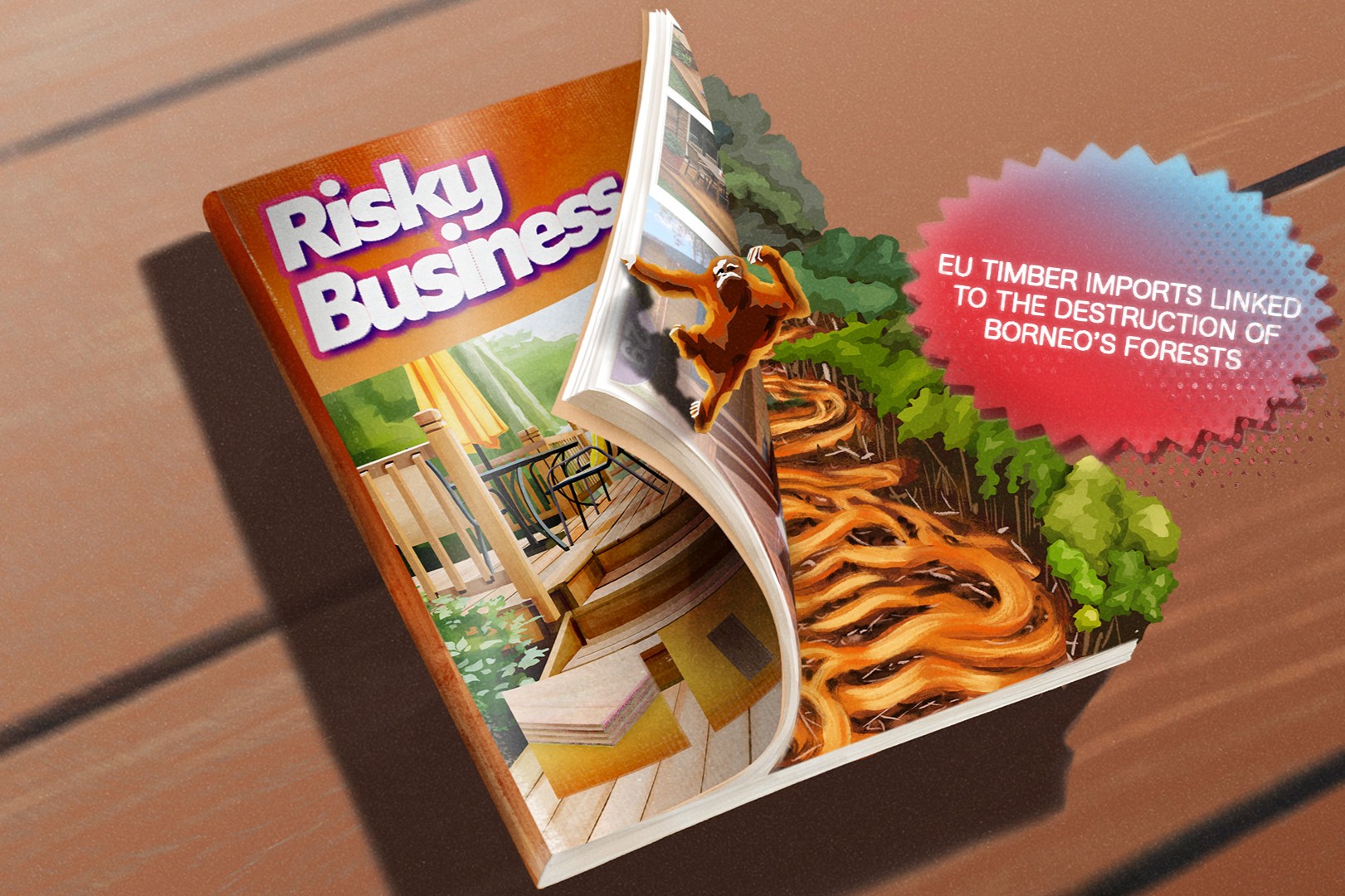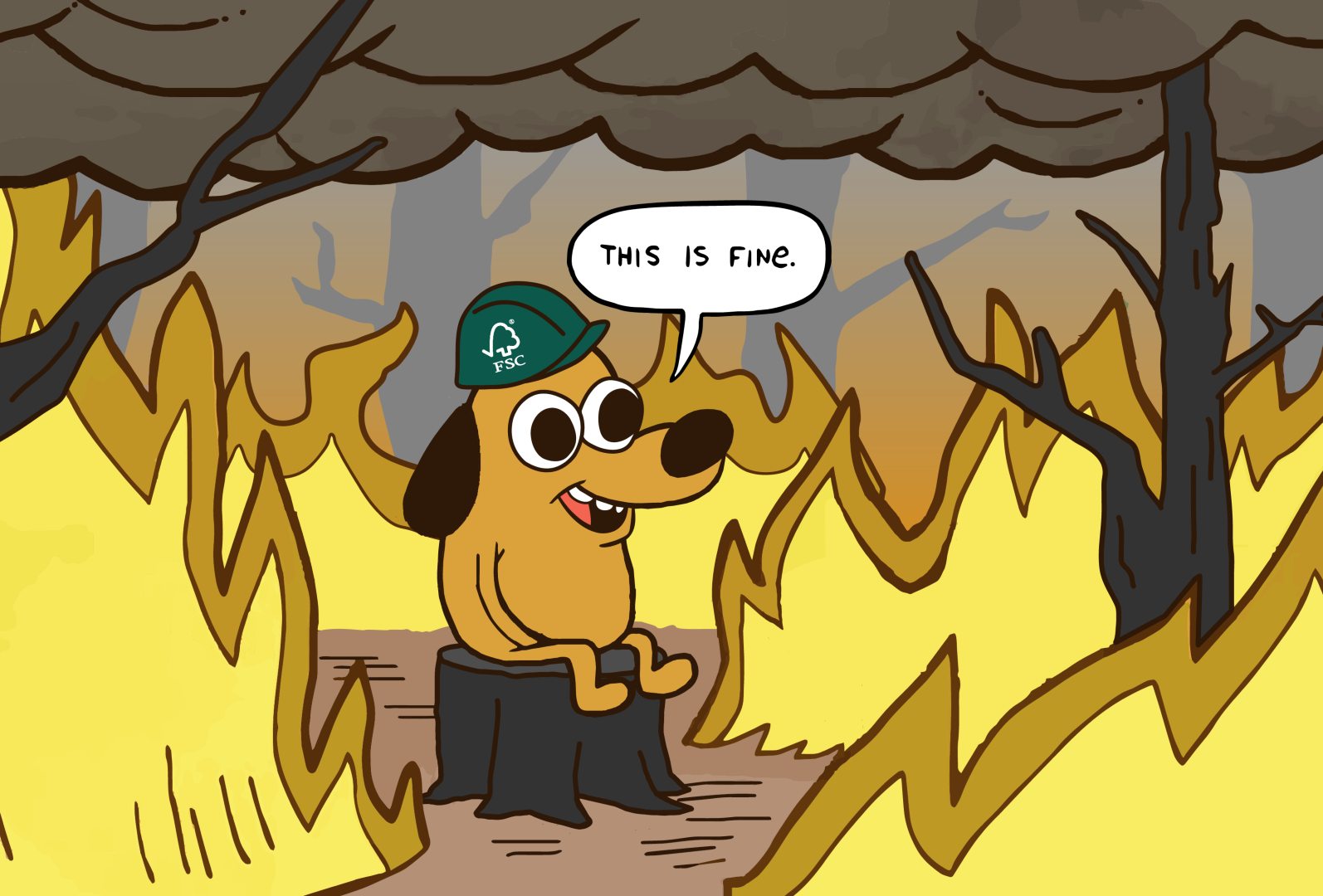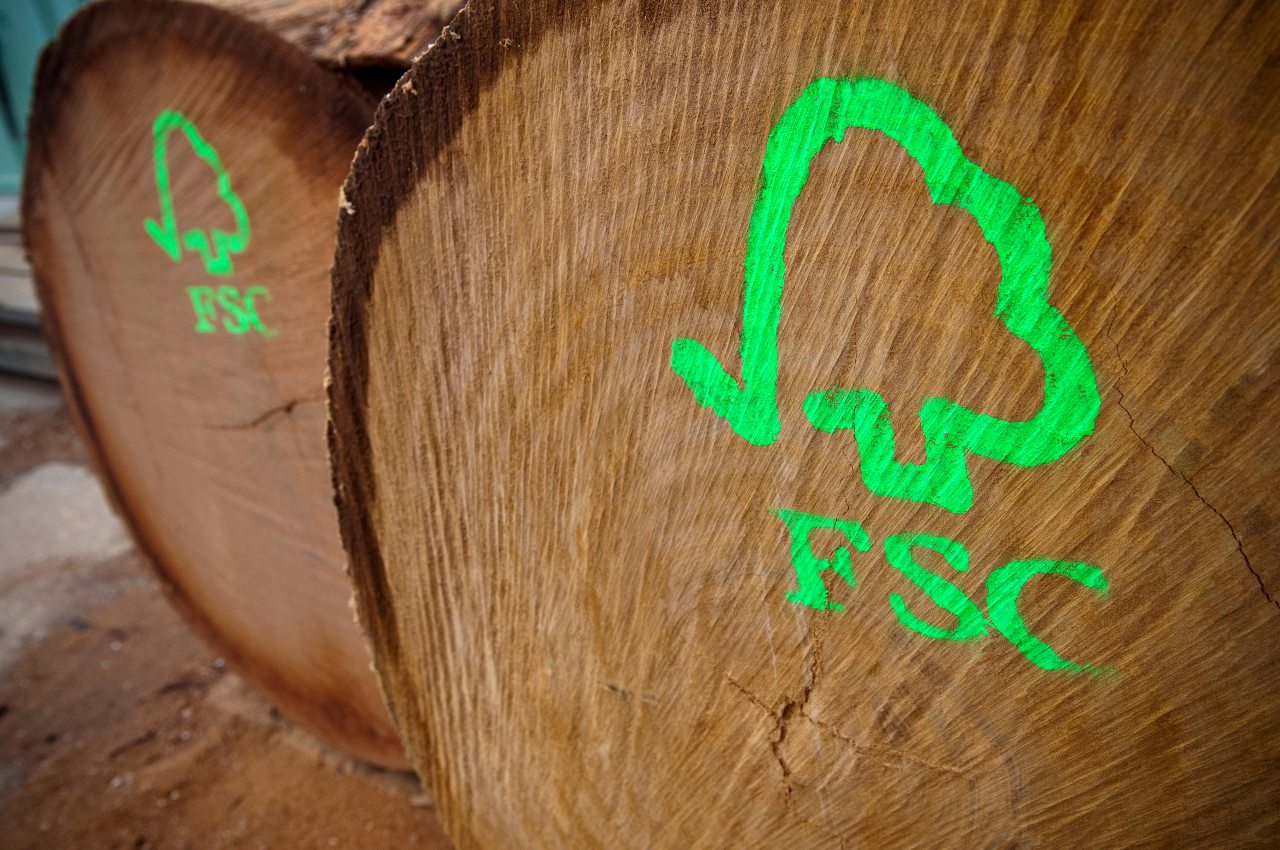
Olam’s oil palm plantation at Ngounie in Gabon
In March 2018 Earthsight, the investigative non-profit
behind Illegal Deforestation Monitor, released The
Coming Storm, a report exposing the secrecy and collusion in industrial
agriculture which are threatening the Congo Basin’s forests. In an extract from
the report, this post exposes the connections between the Singaporean and
Chinese governments and two of the projects which have cleared the most forest
to-date
The most rapid industrial plantation development in the
Congo Basin in the last five years has been in Gabon, where Singaporean
agro-commodity giant Olam is developing a giant series of palm oil and rubber
plantations. Satellite images reveal that some 35,000 hectares of dense forest
has been cleared by the company across four different sites during the last six
years. In February 2017, after a high-profile exposé of its continued
destruction of Gabonese forests, Olam agreed to suspend further clearing for a
year. The commitment has since been extended to January 2019.
Olam is majority-owned
by the Singaporean government, through its sovereign wealth fund. The second
largest destroyer of Congo Basin forests is also government-backed. Sudcam, a
subsidiary of the giant Chinese state-owned oil and chemical conglomerate
Sinochem, has cleared almost 10,000 hectares of dense tropical forest in
Cameroon, in a project which Greenpeace has labelled “by far the most
devastating new clearing for industrial agriculture in the Congo Basin” The
project is directly adjacent to the Dja Faunal Reserve, a World Heritage Site
home to large numbers of endangered gorillas and chimpanzees whose status
UNESCO classifies as ‘critical’. A 2012 UNESCO report specifically cited the
threat to the reserve posed by the rubber project.
The plantation is mired in scandal. Researchers have alleged
that the award of the concession to Sudcam violated local regulations, because
much of the land was already awarded to logging firms. Some
recent reports suggest that the company has been forced to hand back some of
the land for this reason. Local inhabitants allege that the plantation has
dispossessed them of their community lands, and that local government
authorities have reacted to their protests with threats and intimidation.
Our analysis of the latest satellite images shows that the
rate of clearing accelerated during 2017. Twelve football pitches’ worth of
forest are being bulldozed every day, or roughly one every hour. Our
analysis also indicates that around 330ha has been cleared outside the
concession boundaries to-date, including as much as 1.5km from the boundary.
While Sinochem controls 80 percent of the project, the owner
of the remaining 20 percent remains secret. Credible sources have alleged that
these shares are owned by very senior government officials, perhaps even the
family of President Biya himself. In June 2017, inhabitants of several
affected villages told Greenpeace that the project has been presented to them
by company representatives as the president’s plantation and Sudcam as the
president’s company.
Presented by Earthsight with the evidence above in advance of publication, Sudcam’s parent company Halcyon Agri told us that the company is “committed to continuous improvement in the way we operate our assets globally. We view the environment and the communities within which we operate as key stakeholders, and we have implemented solid documentation and progress measurement tools on the ground”. It did not include any response to our individual findings.

Bulldozed forest within the Sudhevea rubber plantation in Cameroon, January 2016, with close-up (inset) (WV2 image from Google Earth). The river forms the boundary of the Dja Faunal Reserve



